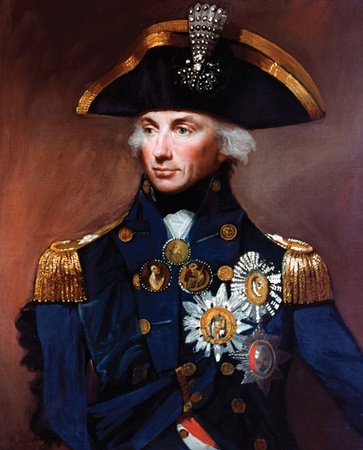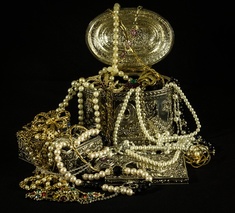
Lost Treasures #1 United Kingdom and Ireland
First published: Wednesday August 3rd, 2022
Report this blog
Introduction
In the 4500 years of civilization, people take care of things they see as value. These artifacts tell us stories about the past and can nowadays be found in museums around the world. But not every artifact was lucky to end up that way. Some of those are lost because of wars, miscommunications or thefts. These blogs will take us on a ride around the world and through the years of humanity to show us the lost treasures, who are missing for over fifty years. We start this series of lost treasures with the United Kingdom and Ireland.
Jewels of King John of England
On a day in 1216, King John travelled from Lincolnshire to Norfolk. When he felt ill, they decided to return. Although King John took the safe way, his soldiers and baggage train took the shorter way. They went through the swamps and could only cross with low tide. However, the wagons were too slow for the rising tide and were lost and never seen again. Historians aren’t sure if the jewels were in the baggage train. It’s possible that King John had them with him, but he died a few days after he got ill and after that there were no records of the jewels. Another possibility is that the jewels were stolen by some of his soldiers. Why would they leave the king and take the other way? Maybe they saw this moment as an opportunity to steal the jewels. So this treasure lies on the bottom of the swamp, have been stolen by the soldiers or King John hides them somewhere, but was never able to tell where. Where do You start searching?
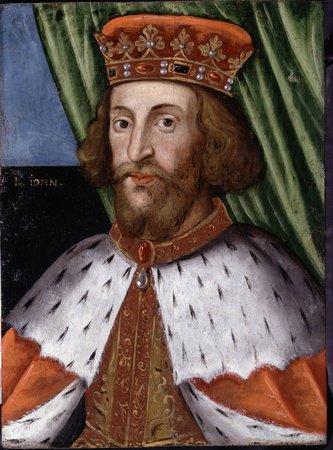
Llywelyn’s coronet
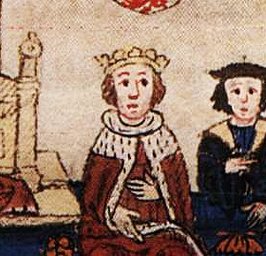
The jewels of King John weren’t the only royal jewels lost during the 13th century. Llywelyn ap Gruffudd, Prince of Wales, died in 1282 and his crown was placed in Cymer Abbey for safekeeping. But it wasn't safe for long. During the conquest of Wales by Edward I in 1284, the crown was seized and was taken from one abbey to the other. It was placed in Westminster Abbey alongside other crown jewels. In 1303, the jewels were rehoused to the Tower of London, where they were temporarily stolen.
It was thought that every jewel was recovered, but the truth was different. When it was noticed that Llywelyn’s coronet was missing, they first thought it had been destroyed alongside most of the original English crown jewels in 1649 by order of Oliver Cromwell. However, the coronet was never mentioned in the administration prior to the destruction. So it was lost before 1649 and people speculate that it was never recovered after it was stolen in 1303.
Love’s Labour’s Won
William Shakespeare wrote before 1598 a novel called ‘Love’s Labour’s Won’. It is speculated that this novel is a sequel to his Love’s Labour’s Lost (1598). It was sold in 1603, but no copies have survived and the fate of it is unknown. Some historians think that the novel was just an alternative title for other known Shakespearan novels. Throughout history, there are multiple given possibilities. It was long thought that ‘Love’s Labour’s Won’ was an alternative name for ‘The Taming of the Shrew’. But in 1953, it was discovered that both names were listed alongside each other in a 1603 list. Hereafter, the novels ‘Much Ado About Nothing’, ‘Troilus and Cressida’ and ‘As You Like It’ were given as possibilities.
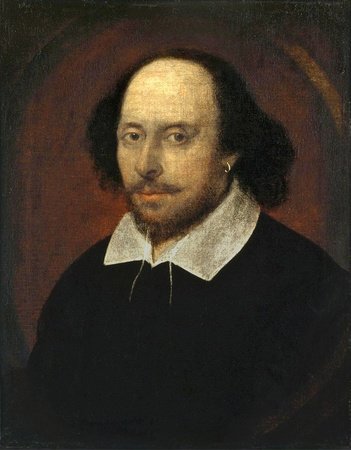
The Three Brothers
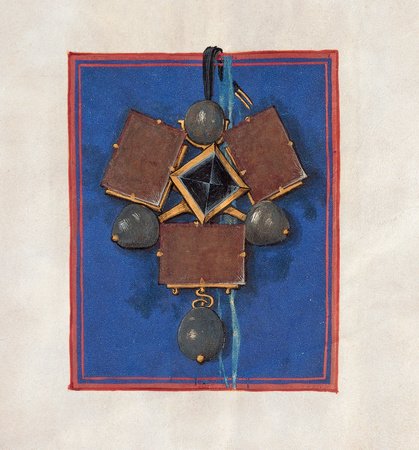
There are now four speculations about what happened to ‘The Three Brothers’. First, Henrietta sold or lost it in The Hague, but never mentioned it. Secondly, the jewel was broken up and was sold in different pieces. Next, it was bought by a French Cardinal to whom Henrietta was indebted. But there is a fourth speculation. In 1645, Charles and Henrietta sold a similar piece of jewel in Paris to two jewelliers from The Hague. Three rubies, four pearls and two diamonds. One of those jewellers would become court jeweller to Frederick Henry, Prince of Orange. Very coincidental, it is recorded that he received around that time a jewel called ‘The Three Sisters’. It is possible that ‘The Three Brothers’ were reformed into ‘the Three Sisters’, but we will never know...
Irish Crown Jewels
Are there more royal jewels lost? Not really, the Irish Crown Jewels aren’t traditional crown jewels for the royal family. It was made for the Sovereign and Grand Master of the Order of Saint Patrick, but they were called the crown jewels. They were made with rubies, emeralds and Brazilian diamonds and created in 1831. However, 76 years later, the jewels were stolen from Dublin Castle and never recovered since then.
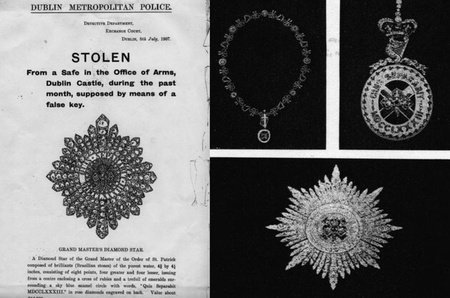
There are multiple different theories on who stole the jewels and where they were taken. Some think they were stolen by political activists and others think they were stolen by the safe keeper's mistress. There are even more theories on the current location. The jewels could be in Paris, Amsterdam, the United States or they were secretly returned to Ireland.
Loch Arkaig Treasure
During the Jacobite rising of 1745, Charles Edward Stuart tried to regain the British throne for his father James. He had never been king to the effects of the Glorious Revolution in 1688. The Jacobites supported him, because they preferred the English and catholic House of Stuart on the throne, instead of the Dutch and protestant House of Orange. Charles wasn’t only supported by the Jacobites, France and Spain supplied him with financial support.
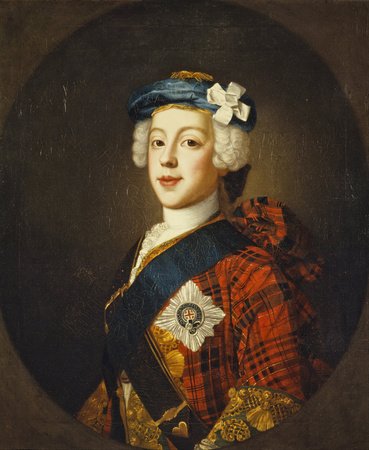
1.200.000 French livres and Spanish gold were sent to Scotland, but the ships returned after they heard about the Jacobite defeat during the Battle of Culloden. Only seven caskets of Spanish gold arrived, but one of them was stolen after a short period. The remaining caskets were brought to Loch Arkaig and hidden. Only some clan chiefs were entrusted with the information and one of them was Ewen MacPherson of Cluny. Cluny himself was also hidden in a cave and was even briefly joined by Charles Stuart. Charles managed to escape to France, but Cluny stayed hidden for eight more years. When the two met after all those years in Switzerland, Charles accused Cluny of embezzlement, because he hadn’t returned the gold. It is unknown if Cluny took the gold in those eight years or if the gold is still buried somewhere around Loch Arkaig.
Nelson’s Chelengk
Horatio Nelson was a British admiral, who won a great number of battles during the French revolution and the Napoleonic Wars. He is considered as one of the best admirals in history. He was awarded with a chelengk in honour of the Battle of the Nile in 1798. A chelengk was a military decoration of the Ottoman Empire and mostly given to Ottomans. However, Nelson was the first non-Ottoman who was awarded with it. The chelengk was placed in the National Maritime Museum in 1929, but it was stolen in 1951. After the theft, the Ottoman military decoration was never seen again.
